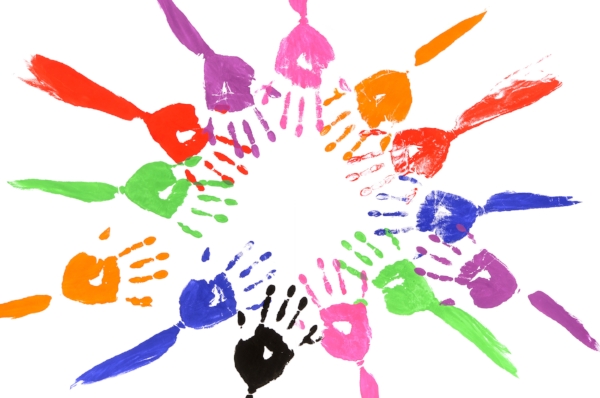
Report: Students lost 11 million days to suspensions in 2015-16
We must create school models where suspensions are the last resort
In August, the ACLU released a study that should have sent shockwaves through the education world.
Its report found that students nationally lost more than 11 million school days due to punishment during the 2015-2016 school year.
And not surprisingly, students of color drew an unproportionate number of those suspension days. African-American students in particular lost 66 days of instruction per 100 students enrolled in 2015-16. (This was the first year all schools were required to report suspension data.) This is a staggering five times as many days lost by white students.
It is also likely that the this number is somewhat diluted. After all, we know students who lose three or more school days due to suspension are not likely to return for another two days after the terms of the suspension are over.
As educators, we cannot suspend our way to classroom success, yet it is often the first step in addressing a behavioral issue. Instead, we need to create environments in schools where out-of-school punishments are the last resort.
By addressing the root cause of issues and developing stronger relationships with students and their families, we can create better pathways to behavioral redirection.
Luckily, the tools to do so are readily available.
Tools that offer alternatives to suspensions
Home visits are a great way to understand a student. You learn more about their environment and the impact it could be having on their behavior and performance in the classroom. From unknown medical issues to recent trauma, you’d truly be surprised what you learn about your students.
We list home visits first because they often feed the information necessary for the below tools to work.
Restorative practices are a great way to reengage students who have behavioral issues such as bullying and mild violent tendencies. These practices allow for conversations with a single student or among a small group of students with the goal of having the students’ voice as a part of restoring school communities. Here students are encouraged to look back on an inappropriate action and take responsibility.
MTSS (Multi-tiered System of Support) is a powerful way to direct student support according to the varying levels of need. This system allows the school to provide early intervention for students that have indicators for falling behind while also not holding back students who are on track. However, the placement of students into the various tiers should be grounded in data and the severity of the exhibited behaviors. Therefore, understanding and synthesizing the data along with potential outcomes of concerning behaviors is key.
These are just a few examples of ways to think beyond suspensions. But we get it. All of the tools above take additional time and resources, and schools who are in the most need of them are already stretched thin.
This is where the educators at CES step in. Our staff has the experience, track record and knowledge to not only train your staff but to also help interweave these tools into your existing culture in a way that they become standard operating procedure.
If you want to see your students spend more time in the classroom and be successful, reach out to us. This, too, is our passion.